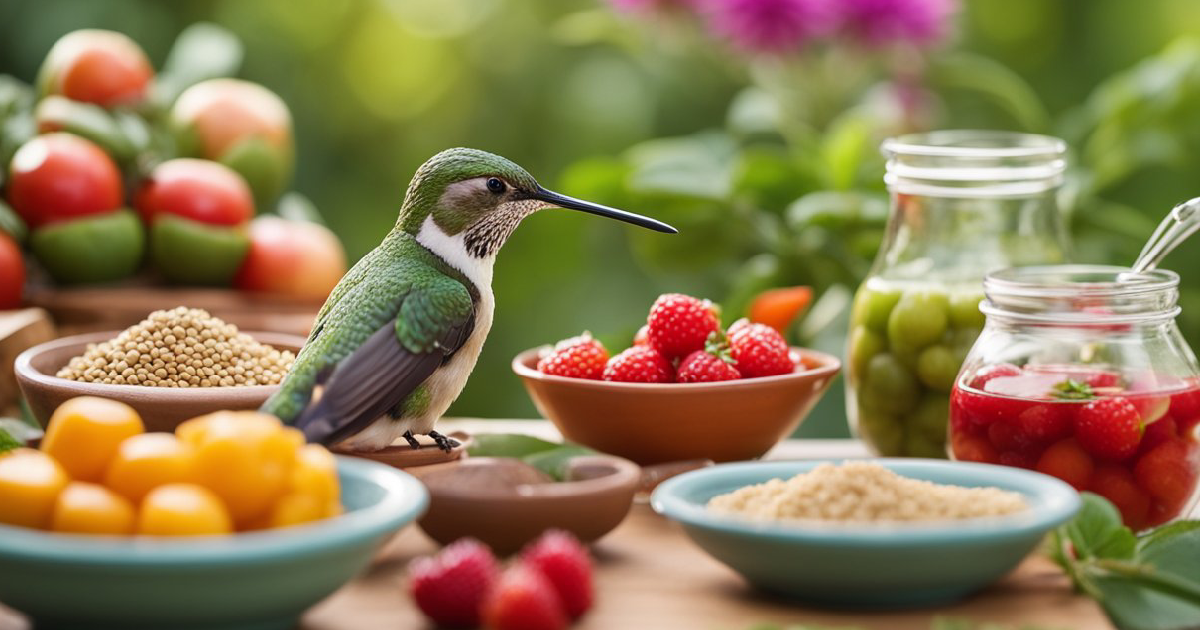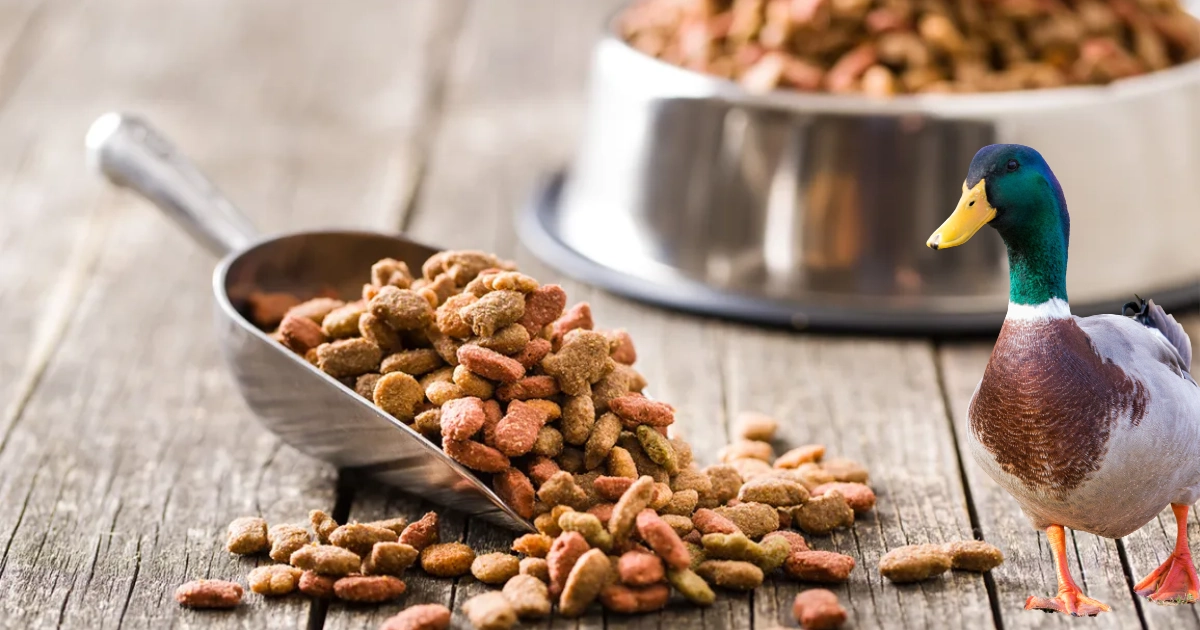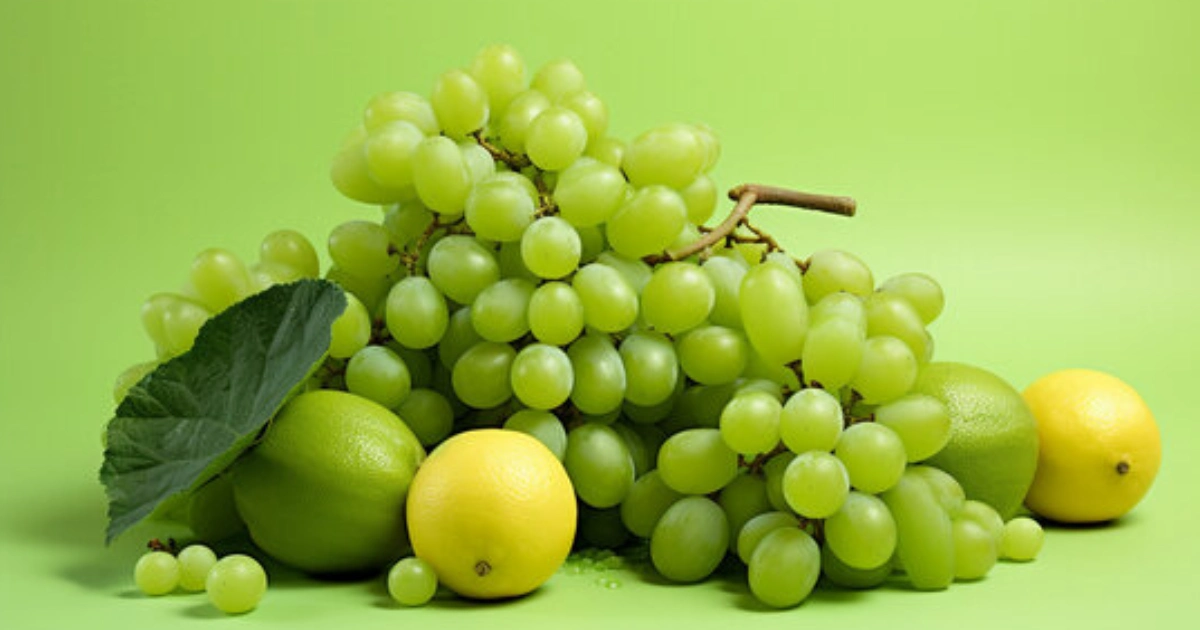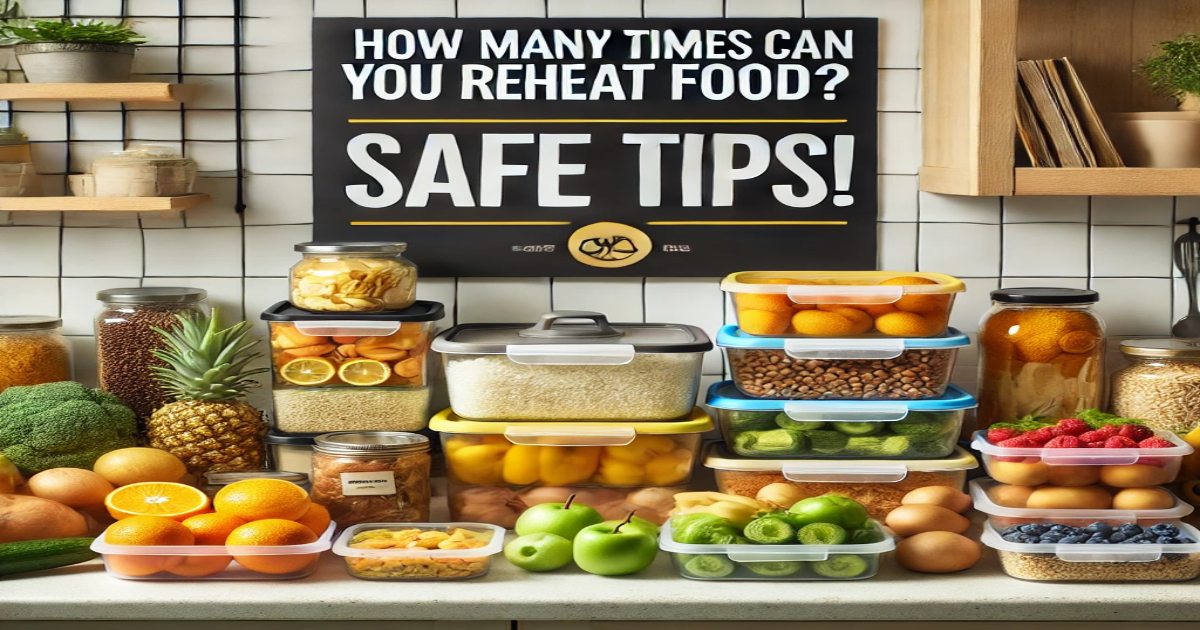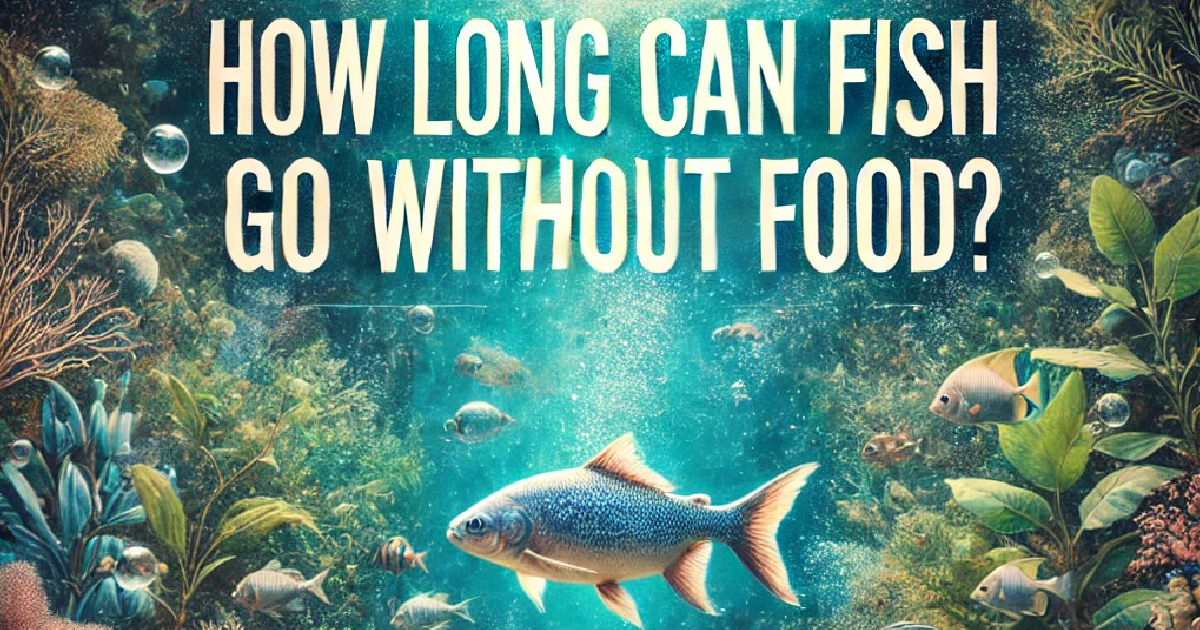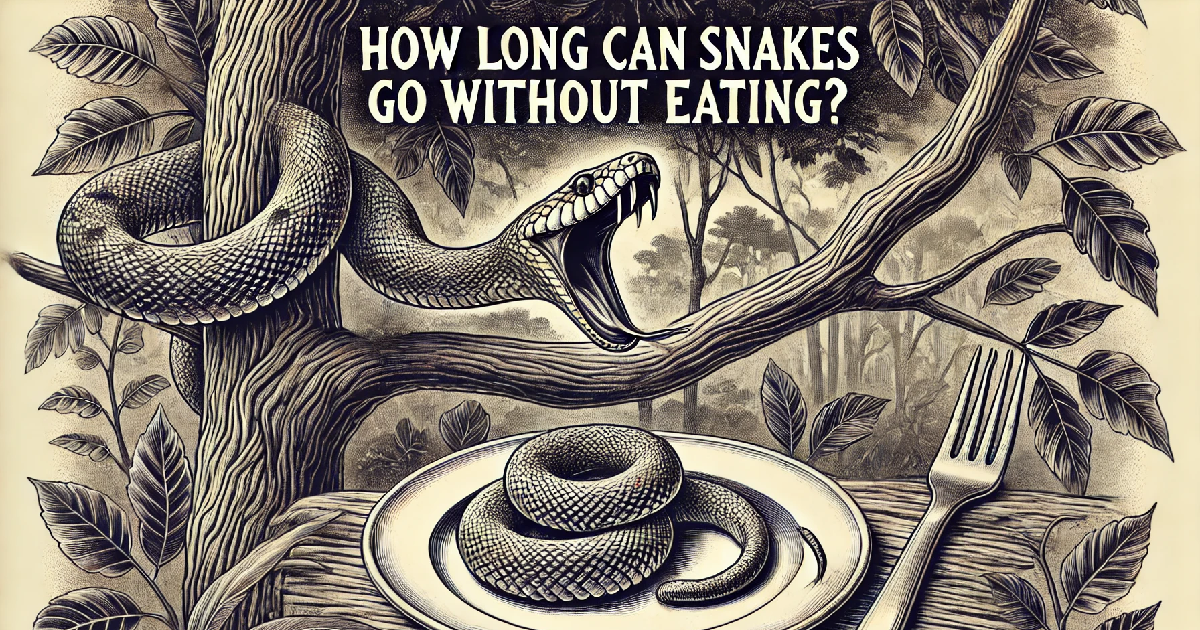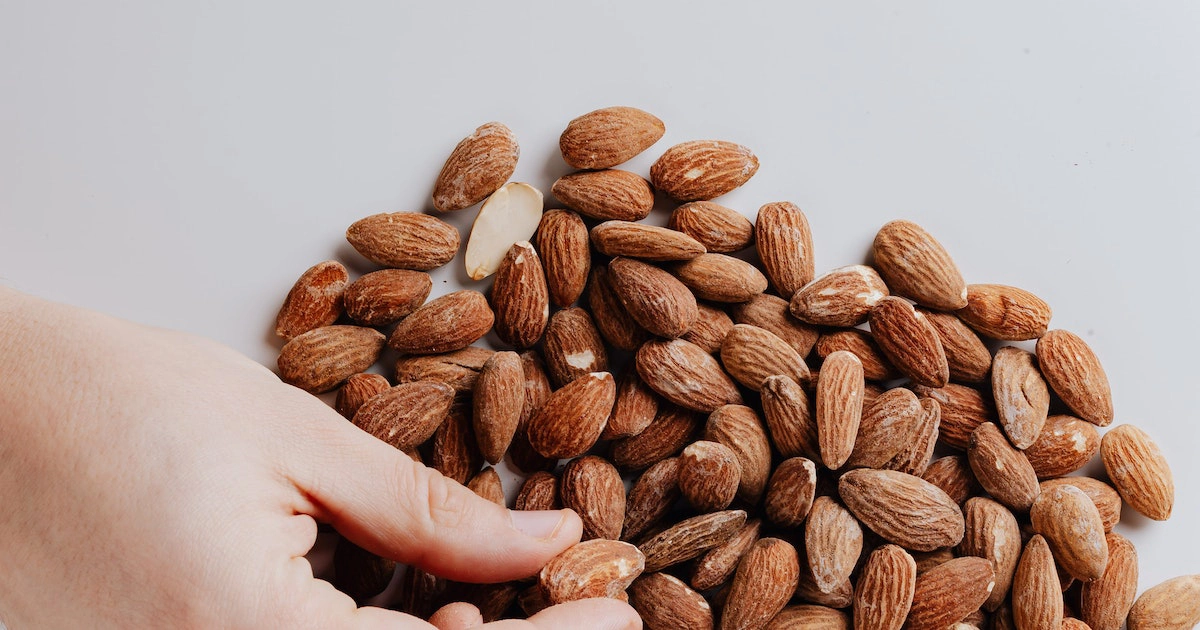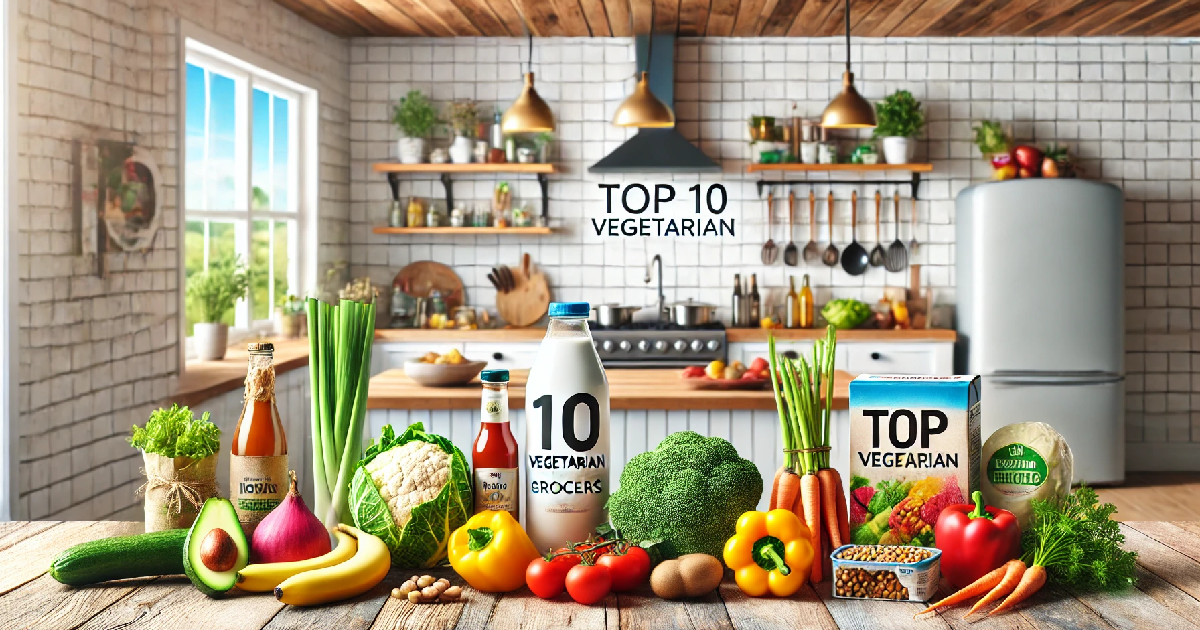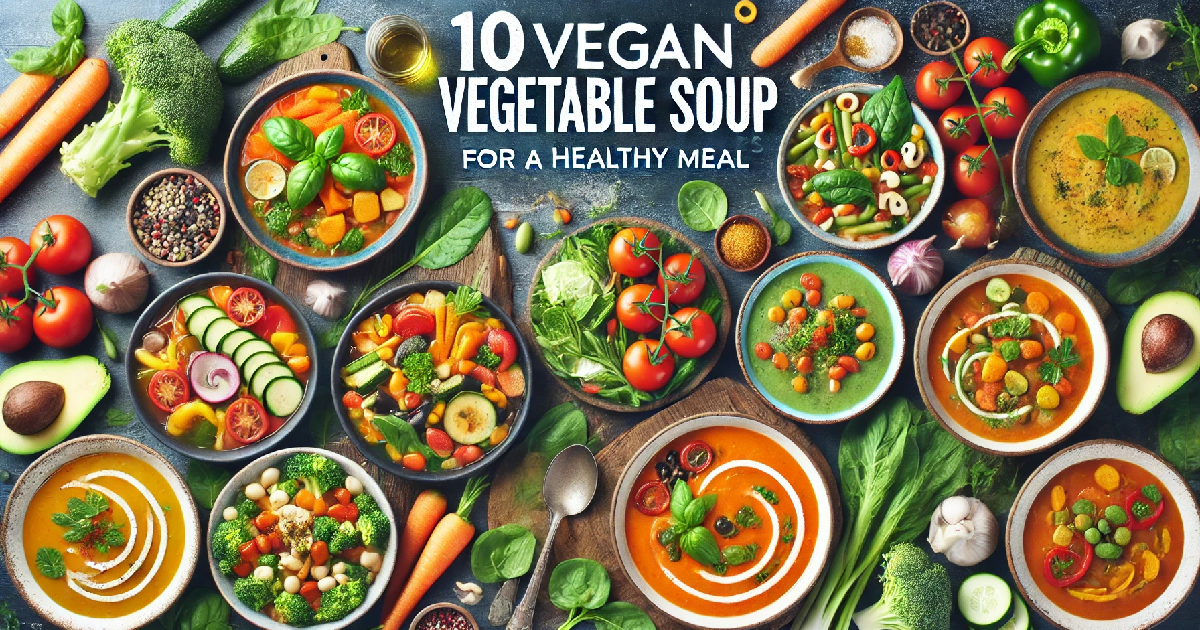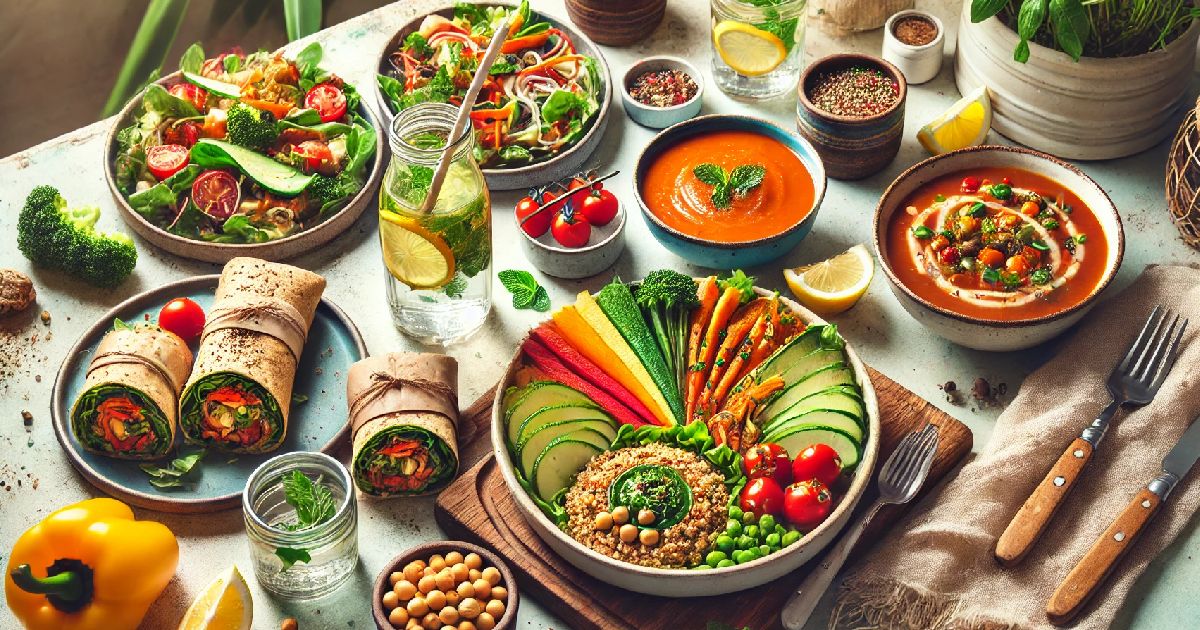Energy is the fuel that keeps our body functioning throughout the day. To maintain a healthy energy level, it is crucial to eat a balanced diet that contains all the required vitamins, minerals, and elements. The food we consume is crucial in providing us with the energy required for daily activities.
There are certain foods which are called “energy-giving” or “high-energy” foods because they contain nutrients that help boost our metabolism and provide sustainable energy levels. This essay will examine what precisely are these energy-giving foods and how they can help us maintain an active and healthy lifestyle.
Why Is It Called Energy Giving Food?
Energy giving foods are those that provide energy to the body and keep it active. All people who want to live a healthy lifestyle, including athletes and fitness fanatics, should eat these items regularly. Foods that provide energy include proteins, lipids, and carbs. The body gets its energy primarily from carbohydrates, with fats and proteins serving as a backup sources.
The reason why these foods are called “energy-giving” is because they contain nutrients that help the body produce energy. For example, carbohydrates contain glucose which is broken down by the body into ATP (adenosine triphosphate); it serves as a provider of energy for various bodily functions such as breathing, walking, running, etc. Proteins also play an essential role in providing energy to the body as they contain amino acids essential for muscle growth and repair. Fats may have gotten a bad reputation in recent years, but they are essential in providing long-lasting energy to the body.
What Is Energy In Short Words?
Energy is the ability to do work or cause change. Everything in our world needs energy, from living organisms to machines and appliances. Energy can exist in various forms, such as heat, light, sound, chemical, electrical and potential. It cannot be created or destroyed but can be converted from one form to another.
Energy giving foods are those that provide the body with the necessary nutrients to produce the energy needed for daily activities. Carbohydrates, proteins and fats are essential macronutrients that supply the body with energy. Proteins supply amino acids that aid in the building and repairing of tissues, whereas carbohydrates are broken down into glucose, which is used as fuel by cells. Although they have high-calorie content, fats are also an energy source and should be consumed in moderation.Since dehydration can result in weariness and poor performance, adequate hydration is essential for optimal energy production.
What Is Energy Giving Food Class 6 ?
Energy giving food is the type of food that provides us with the required energy to carry out our daily activities. These foods are rich in carbohydrates, fats, and proteins that help in providing a continuous supply of energy to our body.
What Are The Six Components Of Food?
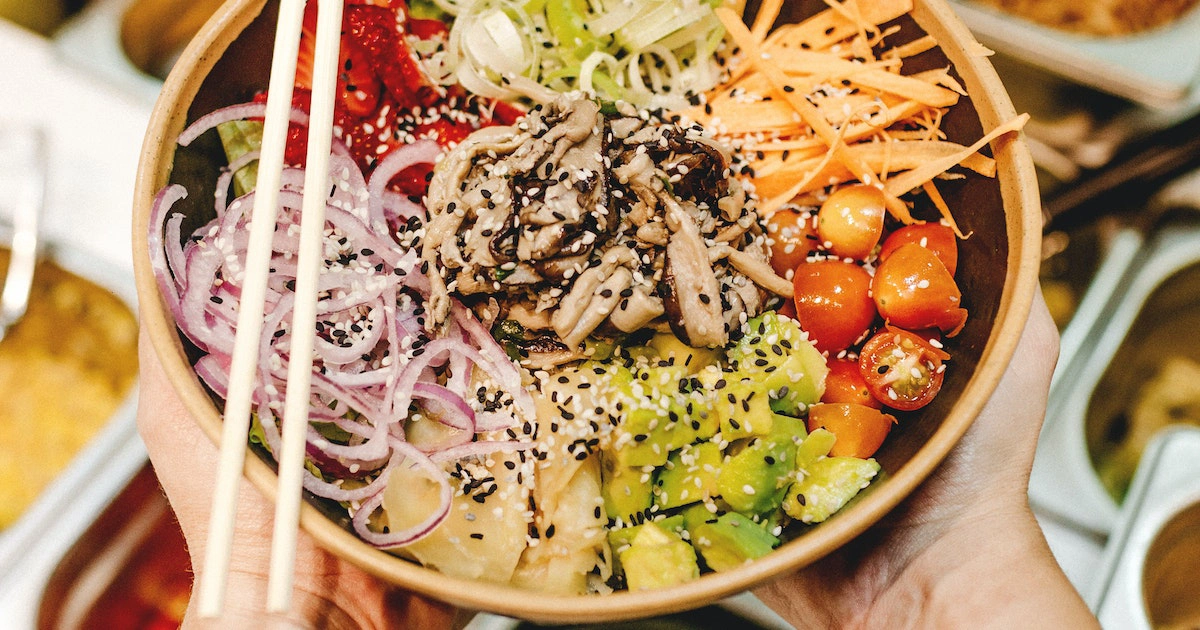
Calories are used to quantify energy, which the body needs to conduct nerve impulses, build, repair, and generate new tissues, and regulate many bodily functions.
- Carbohydrates: Required for energy and provide the body’s main source of energy.
- Fat: Used in making steroids and hormones and serve as solvents for hormones and fat-soluble vitamin.
- Proteins: Provide amino acids that comprise most of the cell structure, including the cell membrane.
- Water: Makes up a large part of our body weight and is the main component of our body fluids. The body needs more water every day than other nutrients.
- Vitamin: Essential for normal metabolism, growth and development, and regulation of cell function. They work together with enzymes and other substances that are necessary for a healthy life.
- Minerals: Found in ionized form in the body.
Why Is Energy Giving Food Important?
Foods that provide the body energy are those that give the body the nutrition and energy it needs to execute daily tasks. They are essential for maintaining a healthy lifestyle because they boost metabolism and increase endurance levels. Carbohydrates, proteins, and fats are examples of energy giving foods.
It is important to consume energy giving foods as they help in maintaining a balanced diet. These foods provide the necessary fuel for physical activities and support brain function. Without a sufficient supply of these nutrients, one may experience fatigue, weakness and decreased concentration abilities.
Regular consumption of foods that provide energy also aids in preventing chronic diseases including obesity, diabetes, and heart conditions, which bad dietary practices can contribute to. In conclusion, incorporating enough nutrient-rich foods into your daily meals can ensure overall well-being and optimal health performance.
What Is Energy Giving Food Fat?
Energy giving foods are those that provide the body with the necessary nutrients and fuel to carry out daily activities. One such nutrient is fat. Fat is considered an energy-dense nutrient, meaning it provides a high amount of calories per gram compared to other macronutrients like carbohydrates and protein.
Dietary fats, which take longer to digest than carbohydrates, can offer long-lasting energy when ingested in moderation. This slow digestion process allows for a sustained release of energy throughout the day, making it an ideal choice for individuals who engage in intense physical activities or have physically demanding jobs.
However, not all fats are created equal. Unsaturated fats, such as those in oily fish, nuts, and seeds, provide several health advantages and should be included in a healthy diet. However, if ingested in excess, saturated and trans fats present in processed foods and red meat can raise the risk of heart disease.
Is Protein a Energy Giving Food?
Protein is considered a crucial nutrient for building and repairing tissues in the body. However, it is not primarily an energy-giving food. Carbohydrates and fats are the macronutrients that provide the body with energy, while protein takes longer to break down and use as fuel.
Consuming adequate amounts of protein can indirectly contribute to energy levels by delaying the digestion of carbs and minimizing the abrupt spikes and dips in glucose levels that can lead to exhaustion; protein helps control blood sugar levels. By delaying the digestion of carbs and minimizing the abrupt spikes and dips in glucose levels that can lead to exhaustion, protein helps control blood sugar levels. It also aids in synthesizing neurotransmitters such as dopamine, which play a role in mood and motivation.
Although protein does not directly provide energy like fat or carbs, it still significantly impacts maintaining general health. It indirectly supports sustained energy levels through its many physiological functions.
Is Sugar Energy Giving Food?
Energy giving foods are those that provide the body with energy for day-to-day activities. These foods contain nutrients such as carbohydrates, proteins, and fats that the body converts into glucose, which is used as fuel for energy.
Sugar is a type of carbohydrate that provides immediate energy to the body. It is broken down quickly in the digestive system, causing a rapid increase in blood sugar levels. This spike in blood sugar provides an initial burst of energy but can also lead to a subsequent crash when blood sugar levels drop.
Although sugar gives you energy, you should only eat a small amount because too much can cause health issues like obesity and diabetes. Because complex carbs are metabolized more slowly by the body and release glucose steadily over time, they make for excellent sources of long-lasting energy. They can be found in fruits, vegetables, and whole grains. In conclusion, while sugar can be considered an energy-giving food, it should be consumed in moderation and other nutrient-rich foods for overall health and well-being.
Is Milk Energy Giving Food?
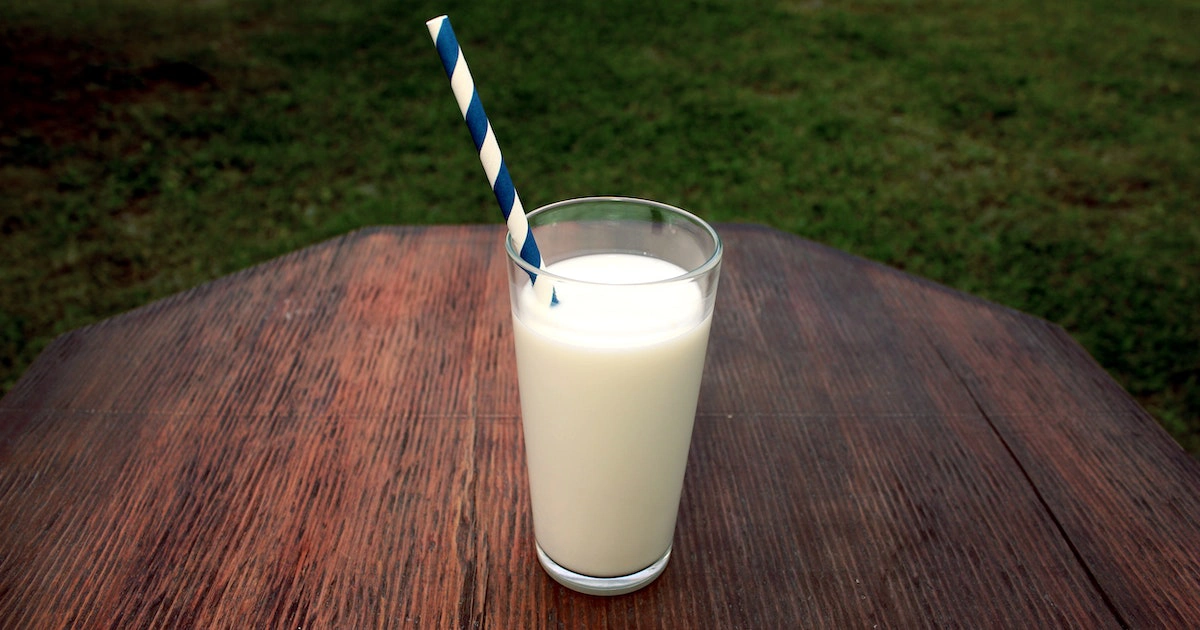
Foods that provide the body energy also give it the critical vitamins, minerals, and nutrients it needs to stay healthy. They are also known as high-energy foods because they fuel the body with the energy required for daily activities. Milk is a popular beverage consumed worldwide due to its rich nutritional content. It contains various essential nutrients such as calcium, protein, vitamin D, potassium, and phosphorus.
Milk can be classified as an energy-giving food due to its high-calorie content. The calories in milk come from carbohydrates (lactose) and fats (lipids). These two macronutrients provide energy for the body’s metabolic processes. Additionally, milk has a low glycemic index rating, which implies it distributes glucose into the bloodstream gradually, resulting in continuous energy release.
In conclusion, milk can be considered an energy-giving food due to its high-calorie content and nutrient profile. Drinking milk regularly provides our bodies with the nutrients needed for optimal health while supplying us with vital energy needed for daily activities.
Is Energy Giving Food Rice?
Energy-giving foods give our bodies the necessary nutrients and calories to sustain an active lifestyle. Rice is often considered a staple food in many cultures and a significant energy source. It contains carbohydrates, which are essential for providing energy to the body.
Rice is a healthy choice for people who wish to maintain their weight or lose some weight because it is low in fat and high in fibre. Brown rice, in particular, is an excellent source of complex carbohydrates that release energy slowly throughout the day, keeping you full and energized for extended periods.
However, it’s worth noting that rice alone cannot be considered the only source of energy-giving food. A balanced protein, healthy fats, vitamins, and minerals diet should be maintained to ensure good health. But when it comes to providing quick energy boosts during meals or snacks, rice is essential in keeping us fueled for our daily activities.
Is Fish Energy Giving Food?
Energy-giving foods provide the body with the necessary nutrients and calories to fuel physical activity and maintain bodily functions. These types of food are typically high in carbohydrates, which serve as the body’s primary energy source. Other macronutrients like protein and fats also play a role in providing energy but to a lesser extent.
Fish is a good source of both protein and fatty acids known as omega-3. However, it may not be considered a traditional energy-giving food due to its lower carbohydrate content than other sources like grains or fruits. That being said, some fish, such as salmon or tuna, contain small amounts of carbohydrates that can contribute to overall energy levels.
Regular fish consumption has also been associated with improved memory and a lower risk of long-term illnesses like type 2 diabetes and coronary artery disease. By lowering inflammatory responses in the body and enhancing general health, these advantages can indirectly increase energy levels; thus, while not directly an “energy-giving” food, incorporating fish into one’s diet can have numerous benefits for overall health and well-being.
What are The Top 10 Energy Foods?
Energy-giving foods provide the body with the necessary fuel to perform daily activities. These foods contain essential nutrients such as protein, carbohydrates, and healthy fats that help boost energy levels and keep the body functioning correctly. Here are ten of the best energy-giving foods:
- Bananas – rich in potassium and fibre, these fruits can provide a quick burst of energy.
- Almonds – packed with healthy fats, protein, and fibre, almonds make for a great midday snack.
- Oats – high in complex carbohydrates, oats can provide sustained energy throughout the day.
- Sweet potatoes-offer long-lasting energy and contain vitamins and minerals like vitamin A and potassium.
- Quinoa – an excellent source of protein and fibre which helps maintain steady blood sugar levels.
- Greek Yogurt – contains probiotics which aid digestion while also providing a good source of protein.
- Beans/Legumes – packed with iron which helps deliver oxygen to cells for increased energy production
- Dark Chocolate – contains caffeine & flavonoids that stimulate brain function
- Watermelon – high water content provides hydration + vitamin B6 boosts metabolism
- Fatty fish: Fatty fish is a group rich in omega-3 fatty acids. These types of fish can be found in saltwater and freshwater environments, including popular species like salmon, tuna, mackerel, and sardines.
Is Potato an Energy Food?
Energy giving foods are those that provide the body with the necessary fuel to perform daily activities. These foods contain carbohydrates, proteins, and fats that help convert food into energy. Potatoes are often considered an energy-giving food due to their high carbohydrate content.
Carbohydrates are important for giving the body with glucose, a primary energy source. Potatoes are a good source of carbohydrates, which provide sustained energy throughout the day. Additionally, potatoes contain fibre that slows digestion and helps maintain steady blood sugar levels.
It is crucial to remember that potatoes do not contain all the nutrients needed for optimum health and well-being. A balanced diet consisting of fruits, vegetables, protein-rich foods, and carbohydrates must be consumed alongside potatoes for overall health benefits.
Is Ghee Energy Giving Food?
Energy giving foods are those that provide the body with the necessary nutrients to produce energy. These foods are essential for individuals who lead an active lifestyle or participate in physical activities regularly. They contain carbohydrates, proteins, and healthy fats that help provide quick and sustained energy to the body.
Ghee is one such food item that has been used for centuries in Indian households as an energy booster. This particular variety of clarified butter is created by boiling unsalted butter until all the water has evaporated and only pure butterfat is left. Ghee is considered a good source of healthy fats and provides instant energy to the body.
The presence of butyric acid in ghee helps improve gut health and increase metabolism, which further assists in converting food into energy efficiently.
Is Bread an Energy-Giving Food?
Energy-giving foods provide the body with the necessary fuel for daily activities. These include carbohydrates, proteins, and fats. Because they are converted into glucose, which cells use to make ATP, the body’s energy currency, carbohydrates are a primary energy source.
Bread is a fantastic source of carbs and food that provides energy. But not all bread is made equally. White bread has a significant glycemic index (GI), which causes it to swiftly increase blood sugar levels but not maintain them for long. Whole wheat bread has a lower GI due to its fibre content, allowing for more sustained energy release.
It’s important to note that while bread can provide energy, it should be consumed in moderation as part of a balanced diet. In addition to bread, other energy-giving foods include fruits, vegetables, lean protein sources such as chicken and fish, nuts and seeds rich in healthy fats like omega-3s and -6s.
Is Wheat an Energy Giving Food?
Energy-giving foods provide the body with enough fuel to perform various daily activities. These foods contain essential nutrients and calories that help boost energy levels, enhance mental clarity, and improve physical performance. Wheat is considered an energy-giving food due to its high carbohydrate content.
The body gets its energy primarily from complex carbs, which are found in wheat. Complex carbs give you continuous energy for longer. Therefore, consuming wheat-based products like whole-grain bread or pasta can provide steady energy throughout the day.
Moreover, wheat also contains B vitamins, such as thiamine, riboflavin, and niacin, that play a crucial role in converting food into glucose – which is then used by cells for energy production. Wheat also has a lot of fibre, which helps control blood sugar levels and prevents erratic ups and downs in energy levels. Overall, including wheat-based products in your diet can provide sustained energy levels while being nutrient-dense.
What Fruit Gives Energy?
Fruits are an excellent energy source and can quickly boost energy levels. One of the best fruits for energy is bananas. Bananas are high in carbohydrates, which the body uses as fuel to produce energy. They also include potassium, which lessens fatigue and aids in controlling blood sugar levels.
Apples are another food that provides energy. Apples contain natural sugars, fibre, and antioxidants that help increase endurance and mental alertness. Moreover, as they have a low glycemic index, they provide sustained energy for more time without leading to spikes or crashes.
Berries such as raspberries, strawberries, and blueberries are rich in vitamins C and K and antioxidants that help fight off inflammation caused by free radicals in our bodies.
Which Food Has More Energy?
Energy giving foods are the primary fuel source for the human body and help carry out its various functions. The energy we derive from food is measured in calories, a unit of measurement for energy. Carbohydrates and fats are considered to be two primary sources of energy providing macronutrients found in our diet.
Carbohydrates are an essential component of our diet, providing immediate energy to our body. They are broken down into glucose during digestion, which then enters the bloodstream and is utilized by the cells as fuel. Foods such as bread, pasta, rice, fruits, and vegetables provide carbohydrates.
Fats are another vital source of energy-giving nutrients found in food. They store more energy than carbohydrates and release it slowly over time. Fats can be found in nuts, seeds, avocadoes and oils like olive oil or coconut oil etc., which should be consumed moderately due to their high caloric content. Fats and carbohydrates have a significant role in providing the necessary nutrients that give us the energy to sustain throughout the day. Still, they should be consumed wisely, keeping in mind their calorie count or else excess consumption may lead to weight gain or other health concerns.
What Food Gives Energy Fast?
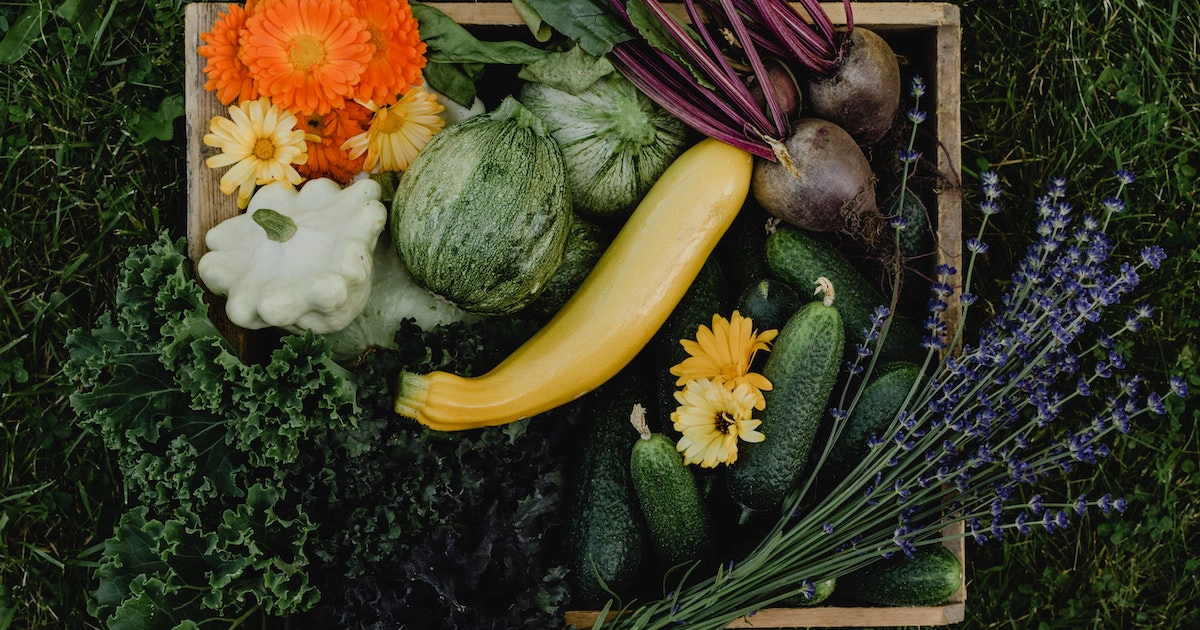
Energy giving food is essential for our everyday activities, especially when feeling sluggish or tired. Fruits, vegetables, whole grains, and other plant-based carbohydrates are the kind of food that gives you energy immediately. These foods provide a slow release of energy that lasts for an extended period.
Protein-rich foods like eggs, nuts and seeds also give quick energy boosts as they contain amino acids that help in building muscle mass and regulating metabolism. Additionally, healthy fats such as avocados, olive oil and fatty fish provide long-lasting energy since they take longer to digest in the body.
It’s vital to keep in mind, though, that following the initial burst of energy, overeating sugar might cause a quick collapse in those same levels. Thus it’s wise to avoid processed junk food and sugary snacks while opting for the healthful options mentioned above. Choosing wisely what we eat during meals or snacks throughout the day can positively impact our productivity levels.
What is Energy Giving Food for Kids?
Energy giving foods are essential for kids as they provide the necessary nutrients and calories for their growth and development. These foods contain carbohydrates, proteins, and healthy fats, which help to boost energy levels in children. Rich foods in complex carbohydrates like whole grains, fruits, vegetables, and legumes provide a slow release of energy throughout the day.
Protein is another essential nutrient that contributes to the growth and repair of muscle tissues. Excellent protein sources include dairy products, lean meats, fish, eggs, nuts, seeds, and fish. Healthy fats found in nuts and seeds also provide long-lasting energy for kids.
It’s significant to remember that processed foods high in sugar should be restricted or completely avoided as they can produce blood sugar spikes that result in weariness and crashes. A well-balanced diet of energy-giving foods can help keep kids active throughout the day while promoting overall health and well-being.
How Do You Give an Older Person More Energy?
One way to give an older person more energy is by focusing on their diet. Energy-giving foods can provide the necessary nutrients and vitamins to keep the body functioning at its best. Foods like whole grains, beans, nuts, and seeds are rich in complex carbohydrates, which help maintain steady blood sugar levels and prevent fatigue.
Another critical aspect of a healthy diet for seniors is hydration. Drinking enough water throughout the day can prevent dehydration and ensure the body can properly absorb nutrients from food. Additionally, incorporating foods with high water content, such as fruits and vegetables, can aid in hydration.
Finally, seniors must maintain a balanced diet that includes sources of protein. Protein helps build muscle mass, increasing energy levels and improving overall strength. Excellent sources of protein that can be incorporated into meals throughout the day include lean meats, fish, eggs, and dairy products. Focusing on these dietary changes may promote more energy for an older person.
Conclusion
In conclusion, energy-giving foods provide the body with sufficient calories to fuel everyday activities. These foods come in the form of proteins, lipids, and carbs. Since they break down into glucose and give the body an immediate energy boost, carbohydrates are vital. Proteins contain amino acids that help build muscle tissues and aid in the repair of worn-out muscles.
On the other hand, fats contain more calories per gram than carbohydrates or proteins and take longer to digest. Fats also help insulate the body against cold weather by forming a protective layer beneath the skin. In addition to these macronutrients, minerals such as iron contribute to red blood cell production. While vitamins maintain nerve function and regulate metabolism.
To maintain good health, consuming a balanced diet containing all nutrients in adequate proportions each day is essential. Foods with a lot of added sugar should be avoided since they immediately raise blood sugar levels and then drop, leaving you with little energy and making you tired all day. A nutritious diet and regular exercise will ensure optimal health outcomes for individuals of different ages and lifestyles.
FAQ
1. What Role Do Energy-Giving Foods Play In Our Diet?
Energy-giving foods provide the body with the necessary fuel to carry out various functions and activities. These foods contain macronutrients, such as carbohydrates, fats, and proteins, which are metabolized by the body to produce energy.
2. What Are Some Examples Of Energy-Giving Foods?
Energy-giving foods include:
Carbohydrates: Foods like whole grains (e.g., oats, brown rice), fruits, vegetables, legumes, and starchy vegetables (e.g., potatoes, corn).
Fats: Healthy sources of fats, such as nuts, seeds, avocados, and vegetable oils.
Proteins: Excellent sources of protein include lean meats, poultry, fish, eggs, dairy products, legumes, and tofu.








